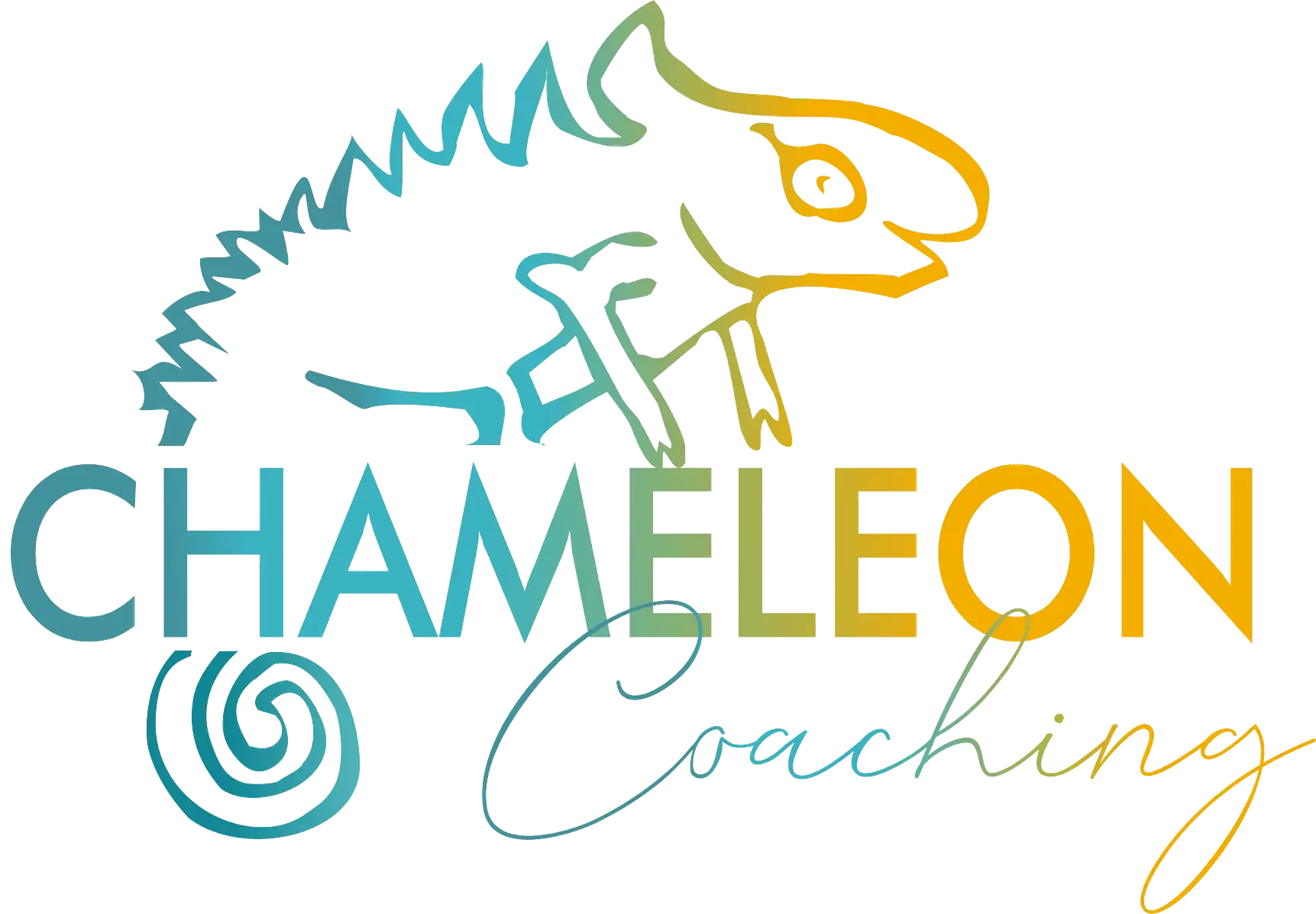The knowledge about culture and cultural dimensions is certainly an important starting point, but it is not sufficient. To be truly effective in foreign cultures, you need to develop the skills to transfer your knowledge into effective behavior. And practice! Andy Molinsky provides a set of very helpful strategies step by step in his book “Global Dexterity”. By Global Dexterity he refers to “the capacity to adapt your behavior, when necessary, in a foreign cultural environment to accommodate new and different expectations that vary from those of your native cultural setting”. This is a “destilled” summary of the most important steps:
Step 1: Learn the cultural code
Figure out the new cultural rules by considering not only national culture, but also country norms, regional norms, company/industry norms and individual differences. Also consider context and situation.
Step 2: Define the zone of appropriateness
Which behavior is appropriate in a certain situation according to the cultural code?
Step 3: Define your comfort zone
Define what feels natural and comfortable for you.
Step 4: Identify the overlaps and gaps
When you have an overlap, you’re cool. This is where you can be effective. When there’s a gap, you will need to practice to stretch your “adaptation muscle” to bridge the gap. In his book, Andy Molinsky offers a variety of strategies how to customize your behavior in order to extend your comfort zone. In case you are wondering why the others don’t have to stretch: They can, if they are aware and willing to. But remember, you cannot change others, you can only grow yourself! Check out this YouTube video where I share my own culture shock and coping strategy around punctuality in Chile.
“Like wearing a customized piece of clothing, adapting cultural behavior does not mean having to stuff yourself into a garment if it isn’t exactly your style. The tailoring changes the garment, but it’s still something you chose; it still allows you to express your own individuality.” – Andy Molinsky

